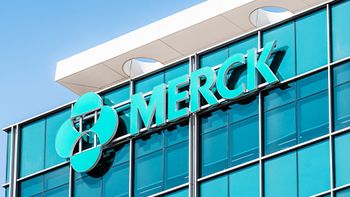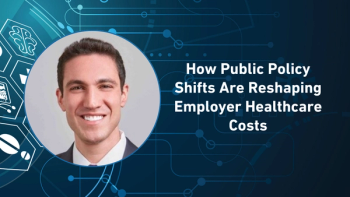
Is regenerative medicine a future market for cold-chain logistics services?
Maybe not, as biotech companies develop on-the-spot treatments
If you’re inclined to look at the far horizons of temperature-controlled shipping of life sciences products, one of the more notable opportunities is regenerative medicine—process of developing tissues and entire organs that can be implanted in patients as a therapy for injury or disease. The current activity in stem cell treatment (which is now commercial in certain countries) is an early example; more are expected. However, a recent development at IntelliCell Biosciences could signal that some of the future regenerative business actually won’t develop.
The New York company has just announced FDA registration of a recovery and processing facility, in New York, to obtain human cells and tissues from patients. Among its portfolio of technologies, the company has a method of obtaining “autologous stromal vascular fraction cells” from adipose tissue. These cells contain both adult stem cells and what IntelliCell calls “healing cells.” These cells are intended to be used as a treatment for osteoarthritis, multiple sclerosis, ischemic wounds (i.e., caused by restricted blood flow) and gum regeneration. “The IntelliCell processing technology is designed to allow physicians to treat their patients during a same day and same procedure basis much the same way that bone marrow transplants and IVF treatments are performed today,” says Chairman and CEO, Dr. Steven Victor. “This is a significant step for the Company as it continues its mission to be a leading regenerative medicine company.”
IntelliCell is in a very early stage, just beginning to prepare for human clinical trials. But clearly, a therapy that involves removing cells from a patient, processing them and returning them to the patient on the spot changes regenerative medicine from something that’s less like the drug or device business to something more like a doctor’s on-the-spot action. There are counter-examples, notably Dendreon’s Provenge treatment for prostate cancer, which involves shipping patient blood to regional locations, extracting and processing certain cells, and then returning them for infusion into the patient. But for now, the regenerative medicine business looks mixed as a specialty supply chain opportunity.
Newsletter
Stay ahead in the life sciences industry with Pharmaceutical Commerce, the latest news, trends, and strategies in drug distribution, commercialization, and market access.



